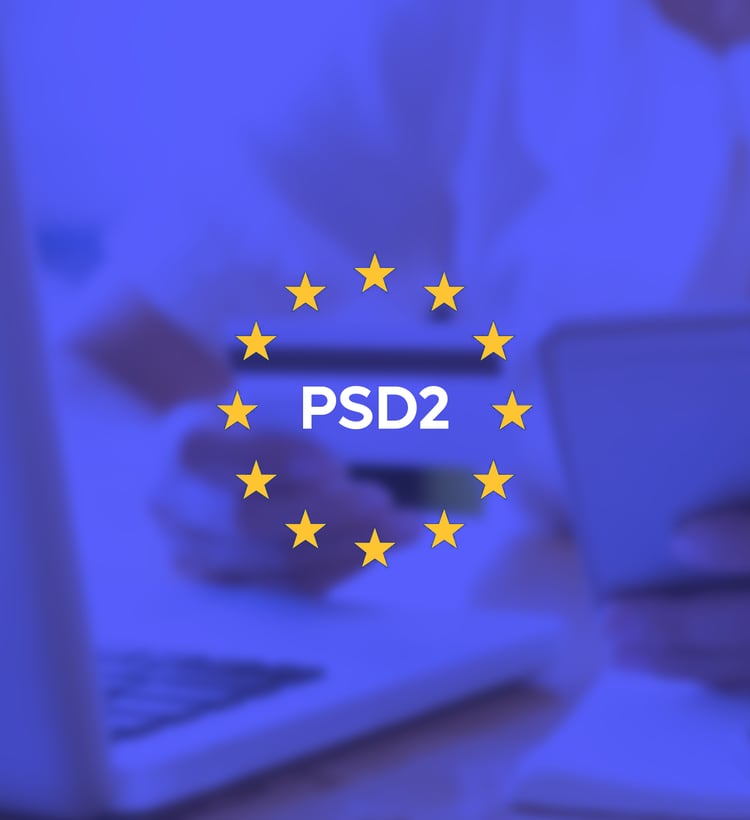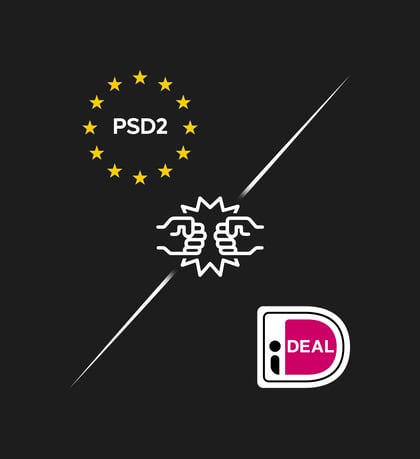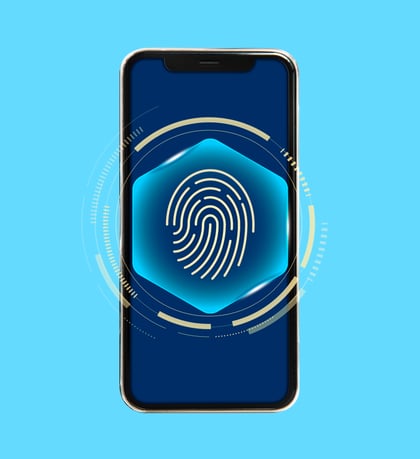One standard, but numerous exceptions.
In the Netherlands, Rabobank was the first major bank to introduce an API connection in March 2019 to enable third parties to offer payment initiation services. Other Dutch banks, such as ABN AMRO and ING, have followed suit, but in most cases, they have provided their own API. There is no uniform IT landscape for a payment service provider to easily connect to.
Different banks also have different practices. For example, Bunq requires an IBAN upfront, while Rabobank, ING, and ABN AMRO do not. Banks like Knab and Revolut do not support end-to-end identification (E2E ID, a way to provide a transaction with a description or tag), while many other banks do. These differences make payment initiation look slightly different at each bank.
At the European level, the Berlin Group, a collaboration of 26 financial institutions from ten European countries, is trying to change this. The Berlin Group aims to make open banking as accessible as possible by offering a standard framework to which both banks and third parties can easily connect. Unfortunately, not all of Europe's major banks have joined this initiative, which is why open banking remains complicated, and the development pace is slow.
Convenience: 90-day consent is simple, Payment Initiation is user-friendly.
To use a payment initiation service, a consumer must first give permission to the respective service provider. This is done through SCA: Strong Customer Authentication. SCA requires a consumer to present at least two forms of identification. This process prevents fraud and ensures secure payment initiation.
Consumers who grant third parties permission to execute transactions on their behalf give this consent in accordance with the PSD2 directive for a maximum of ninety days. After that, consent must be given again. In some EU countries, this means a consumer must go through an SCA flow every three months to continue using the payment initiation service. This creates a high barrier for many users, leading to a significant drop-off rate.
In the Netherlands, however, the regulation is relatively lenient. While consumers must renew their consent every ninety days, they can do so simply by selecting "yes" or "no." Thus, there is no need to perform a comprehensive identification check every quarter. Payment initiation in the Netherlands is therefore relatively easy to use.



